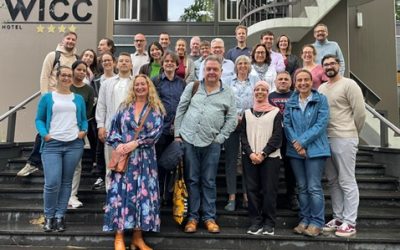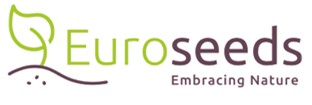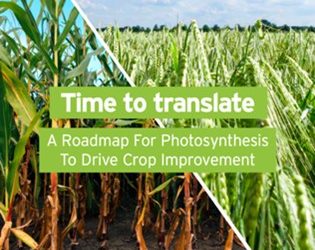To identify the natural variation of the Most Valuable Players (MoVaPs) for photosynthetic improvement, partners have been carrying out high throughput phenotyping for a range of MOVAP traits whilst developing new equipment to do this.
New devices for Chlorophyll content and photosynthesis by PSI.
IPK has been screening natural diversity for phenotypic variation in MoVaPs using current and newly developed high throughput-amenable technologies for hitherto manually measured MoVaPs. Read more here.
To support this PSI has developed and validated several new instruments, including a new device for measurement of total chlorophyll content and Chl a/b ratios. This new module is suitable to measure the chlorophyll fluorescence signal excited with LEDs of 405 nm and 450 nm peak spectra. This has been tested with tomato, barley, and maize lines, and with mutants of Arabidopsis. In addition, a new device suitable to apply a photosynthesis induction frequency approach, has also been developed by PSI. A prototype has been constructed and implemented by PSI into an existing installation
IPK have been characterising photosynthetic variation in a three-level hierarchical top-down approach for 1360 maize accessions from the IPK Genebank to provide allelic variation. Accessions have been evaluated with respect to biomass and vegetative differences, then benchmarked against hybrids and a selection of lines were sequenced. A further subset was screened in detail for photosystem induction, stomatal conductance, and intracellular CO2 concentration. In addition, 82 accessions have been genotyped by sequencing at IPK, these data will be utilized in subsequent tier experiments.
Three large scale high-throughput phenotyping experiments are being performed to identify the natural variation of the 347 Most Valuable Players (MoVaPs) of the maize MAGIC population.
Maize seedlings were transplanted 2 weeks after sowing and cultivated for 6 consecutive weeks in IPK’s automated high-throughput phenotyping platform for large plants (see A below).
Every plant is imaged 6 days per week with RGB and fluorescence cameras and once a week with a FluorCam panel (see photo B). On three consecutive nights per week kinetic chlorophyll fluorescence is recorded with the FluorCam. The extractable traits from those camera systems, like digital biomass and fluorescence parameters, are closely linked to the real biomass and the photosynthetic efficiency .
The captured natural phenotypic variation of the tier 1 MoVaPs will subsequently be associated with the genotypic variation and help to identify the MoVaPs for the tier 2 project phase.
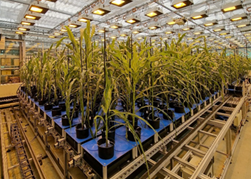
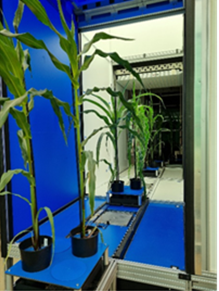
A . MAGIC maize in IPK’s phenotyping platform for large plants.
B. Individual carriers inside the photo chambers with fluorescence camera, RGB camera and FluorCam panel.
Every plant is imaged 6 days per week with RGB and fluorescence cameras and once a week with a FluorCam panel (see photo B). On three consecutive nights per week kinetic chlorophyll fluorescence is recorded with the FluorCam. The extractable traits from those camera systems, like digital biomass and fluorescence parameters, are closely linked to the real biomass and the photosynthetic efficiency .
The captured natural phenotypic variation of the tier 1 MoVaPs will subsequently be associated with the genotypic variation and help to identify the MoVaPs for the tier 2 project phase.
Phenotyping the Kinetics of photosynthetic responses and tuning the Calvin cycle.
The CAPITALISE teams at Cambridge and Essex are Phenotyping the Kinetics of photosynthetic responses and tuning the Calvin cycle by investigating trait variation in steady state photosynthetic efficiency and the dynamics of photosynthetic responses to changes in irradiance.
The phenotyping teams conducted a very successful series of field experiments last year. They successfully characterised diverse natural variation for a wide range of photosynthetic traits across maize, barley, and tomato collections. These large datasets collected by the team from Essex and Cambridge are presently being analysed to identify unique varieties with distinct combinations of traits and genes controlling variation in yield-defining photosynthesis traits. At the same time, the team are already busy planning for another successful field season in 2022.
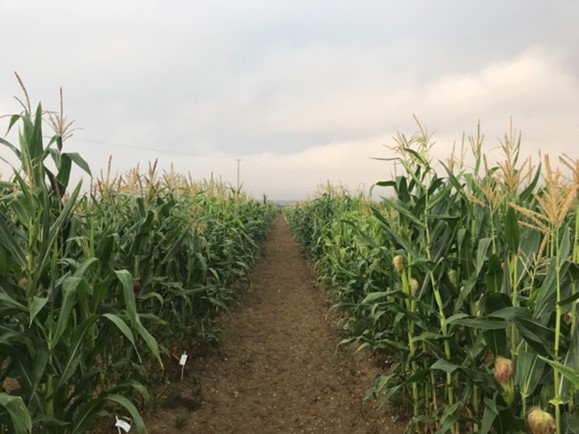
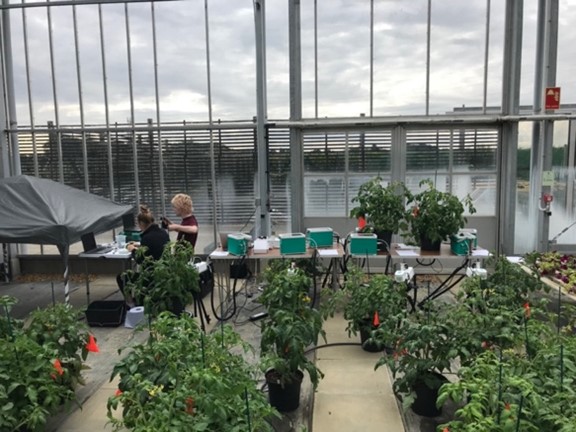
Large sample screening in the field will further identifying phenotypic variation in germplasm collections of three major crops: tomato, barley and maize. The results will be used to identify quantitative trait loci in the genomes of these species. Contrasting outliers from will be subjected to deep phenotyping to understand the physiological basis for the observed naturally occurring phenotypic variation.
In Silico predictions
A combination of in silico prediction and genome editing is being utilised to adjust expression levels of key photosynthetic genes, with the aim to mimic photosynthetic efficiency improvements previously achieved via transgenic manipulations. Promoter sequences have been extracted for tomato and barley rubisco activase (RCA) and sedoheptulose-bisphosphatase (SBPase) genes and promoter-bashing strategies have been designed in silico.
War interferes with phenotyping in Ethiopia
In Ethiopia, the BARLEY-MPP population (iMAGIC RILs) was field grown for a preliminary phenotypic characterization aimed at the identification of a subset of 500 lines to be further characterized later in the project. During the 2021 main rainy season of Ethiopia (June), 1,700 F6 BARLEY-MPP barley lines were planted in unreplicated plots at Geregera and Estayish sites, Amhara, Ethiopia, on land rented from farmers. The characterization work was replicated at two sites to cope with the possible risk of drought or hail damage frequently encountered by farmers in the areas.
The work in Ethiopia was disrupted when the Civil War erupted and the ARARI field station was taken over by the Tigray forces. Thankfully the research teams evacuated unharmed. Unexpectedly, the two sites became war zones after the planting was done. After some time, the Geregera site was put under the control of the government forces so that ARARI staff could visit between October and November 2021 .
During field visits, ARARI have carried out preliminary characterization of the lines to identify appropriate 500 lines to be used for genome wide association mapping for the photosynthetic traits. Traits considered for the preliminary characterization were spike type, biomass and phenology. After harvest, it will be possible to collect post-harvest traits including yield components. The characterization field in Geregera will be used to support genotyping and phenotyping in ongoing seasons. The field in the second location (Estayish) is currently out of reach due to the war situation, but should it become available, its harvest will contribute to further characterization.
